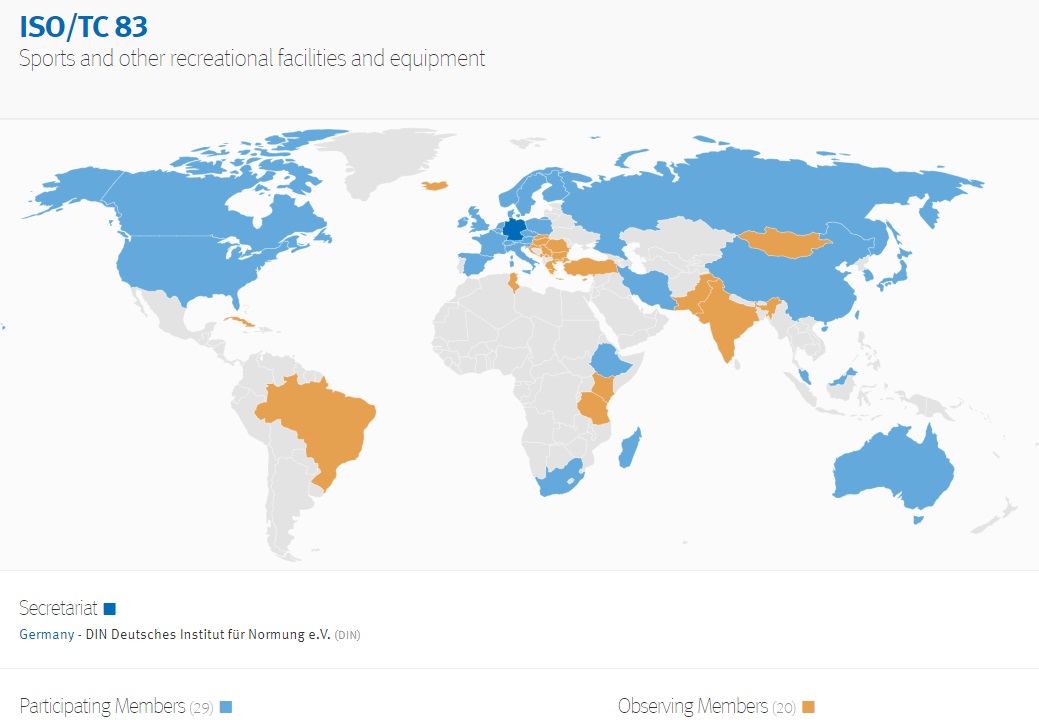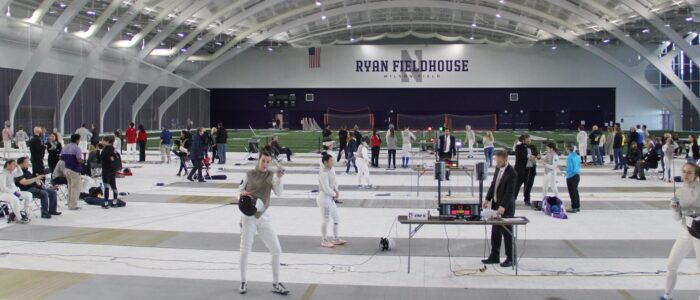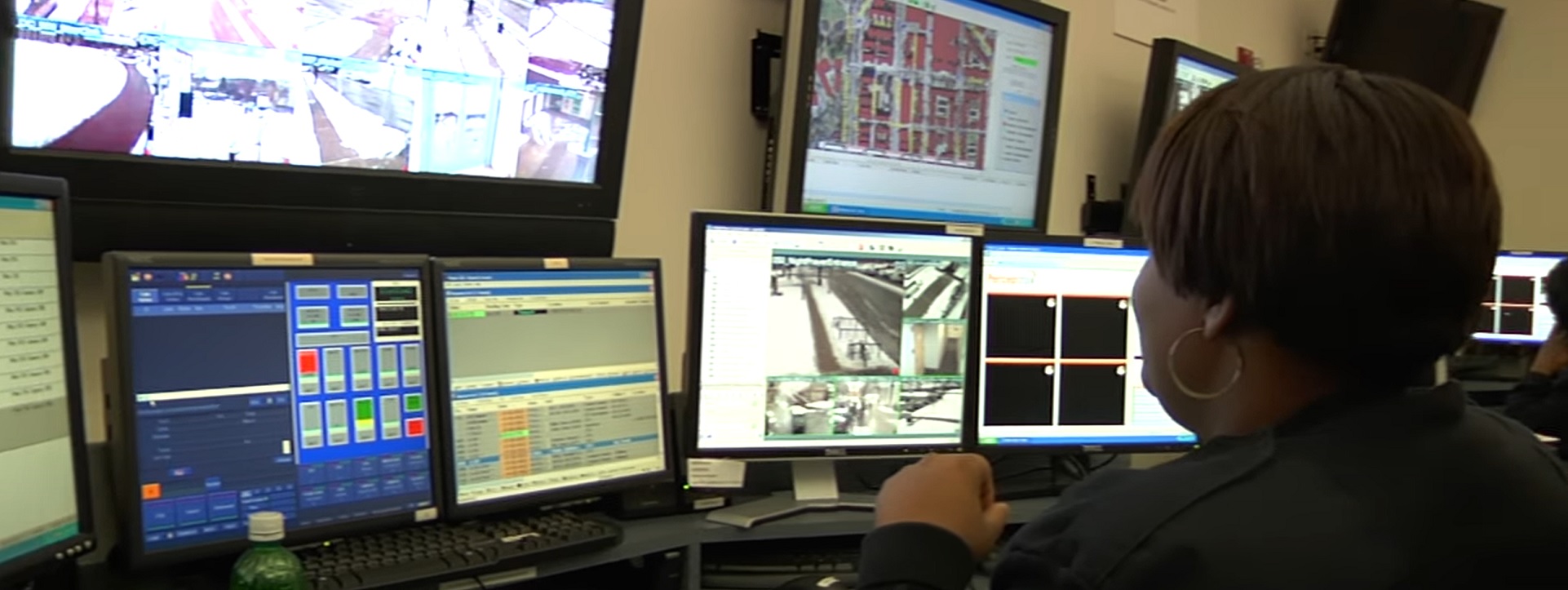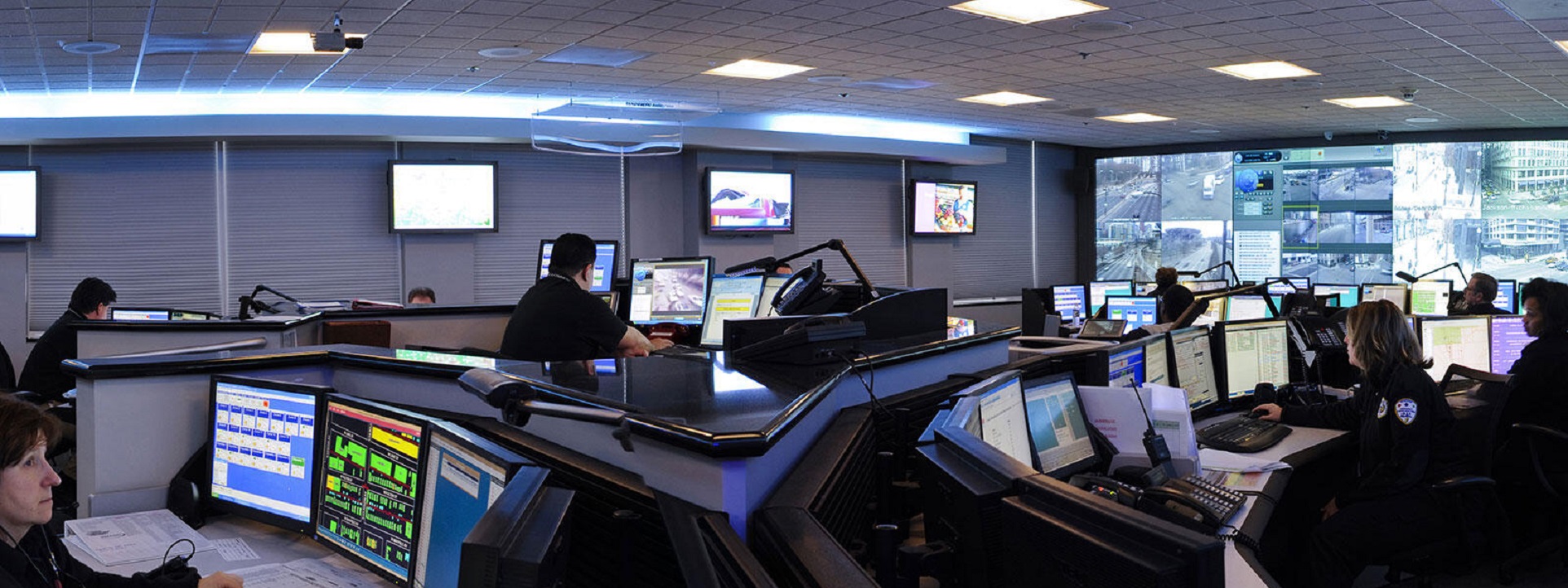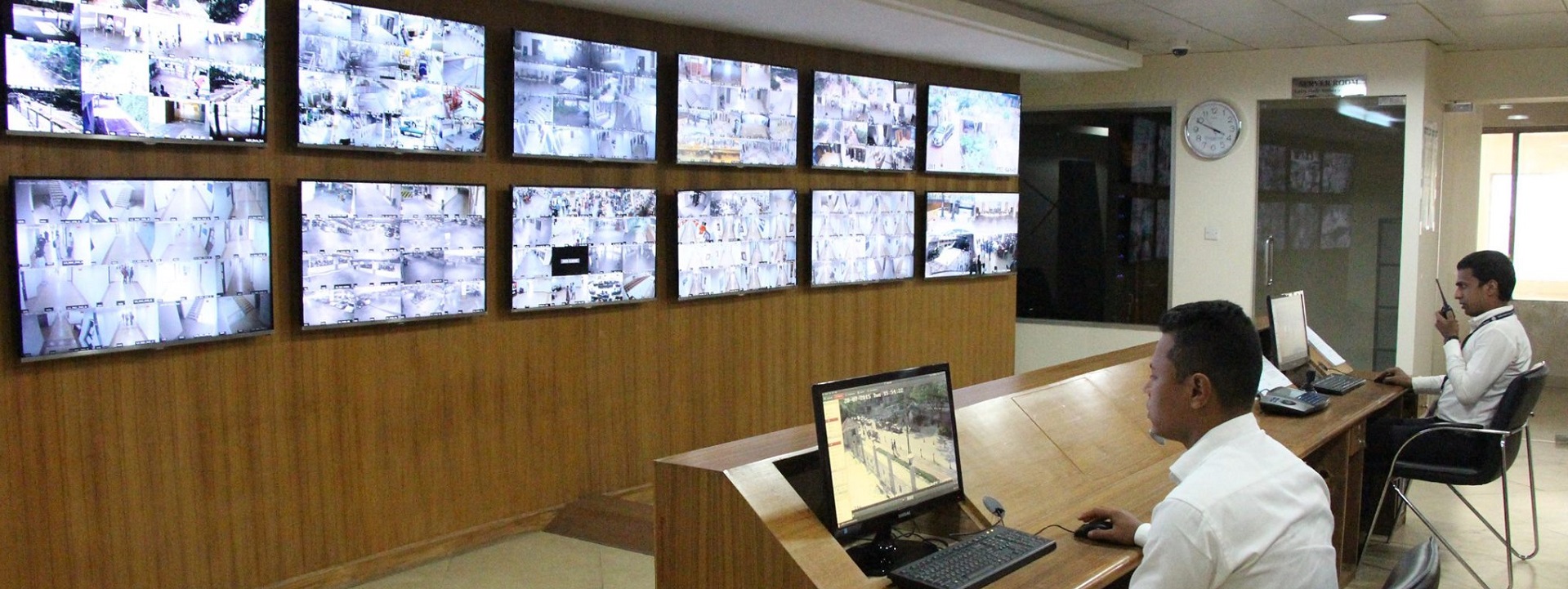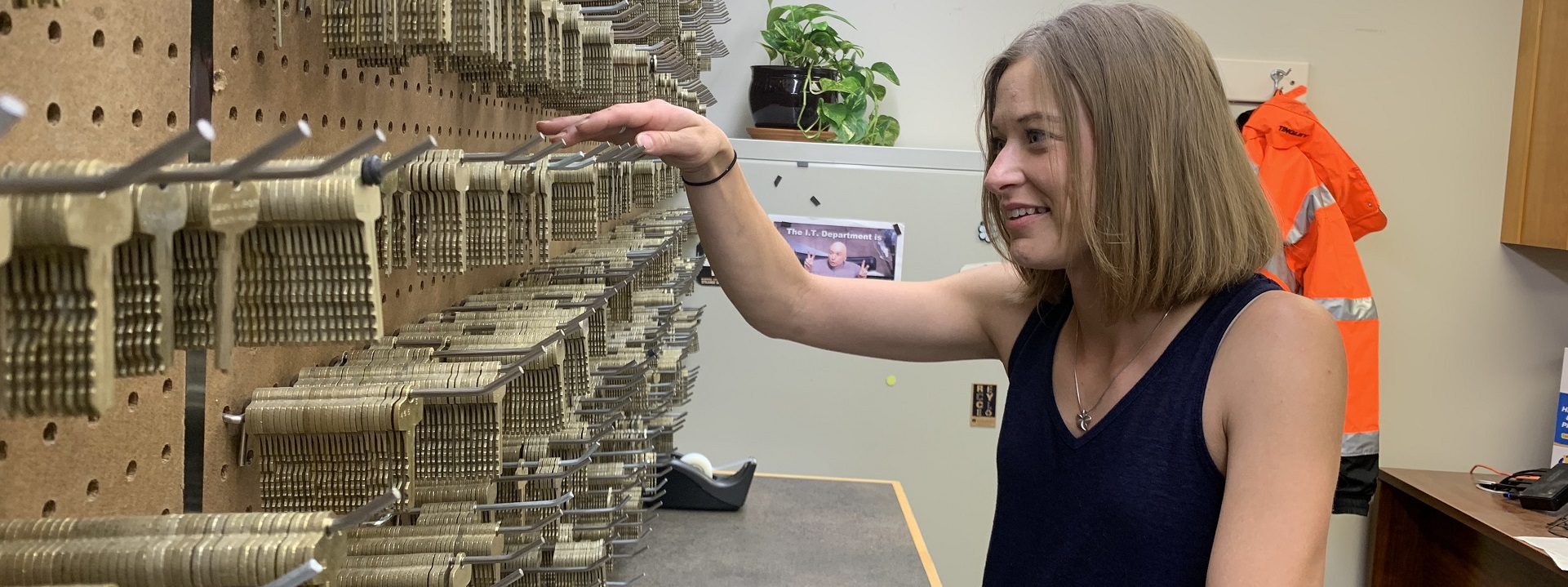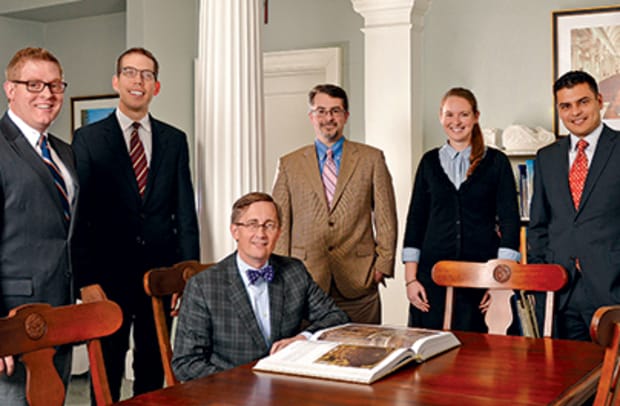Recreational sports, athletic competition, and the facilities that support it, are one of the most visible activities in any school, college or university in any nation. Enterprises of this kind have the same ambition for safety and sustainability at the same scale as the academic and healthcare enterprises.
According to IBISWorld Market Research, Sports Stadium Construction was a $6.1 billion market in 2014, Athletic & Sporting Goods Manufacturing was a $9.2 billion market in 2015, with participation in sports increasing 19.3 percent by 2019 — much of that originating in school, college and university sports and recreation programs. We refer you to more up to date information in the link below:
Sports & Athletic Field Construction Industry in the US – Market Research Report
We track leading practice discovery in titles released by International Standards Organization’s ISO/TC 83: Sports and other recreational facilities and equipment. The German Deutsches Institut für Normung (DIN) iss the global Secretariat and ASTM International as the US Technical Advisory Group Administrator.
From the ISO TC/83 prospectus:
BUSINESS PLAN | ISO/TC 83 Sports and recreational equipment | EXECUTIVE SUMMARY
Academic units in the US that want to offer their sports management or international studies students a front row seat on the technology and management of sport may want to participate in ISO/TC/83 business. To start, organizations within the United States may communicate directly with ASTM International, West Conshohocken, PA 19428-2959, Phone: (610) 832-9804. Contact: Joe Khoury (jkoury@astm.org).
We refresh our understanding of the current status of best practice literature at least once per month during our Sport colloquia. See our CALENDAR for the next online meeting; open to everyone.
Issue: [19-46]
Category: Athletics and Recreation, International,
Contact: Mike Anthony, Jack Janveja, Christine Fischer
LEARN MORE:
International harmonized stage codes




